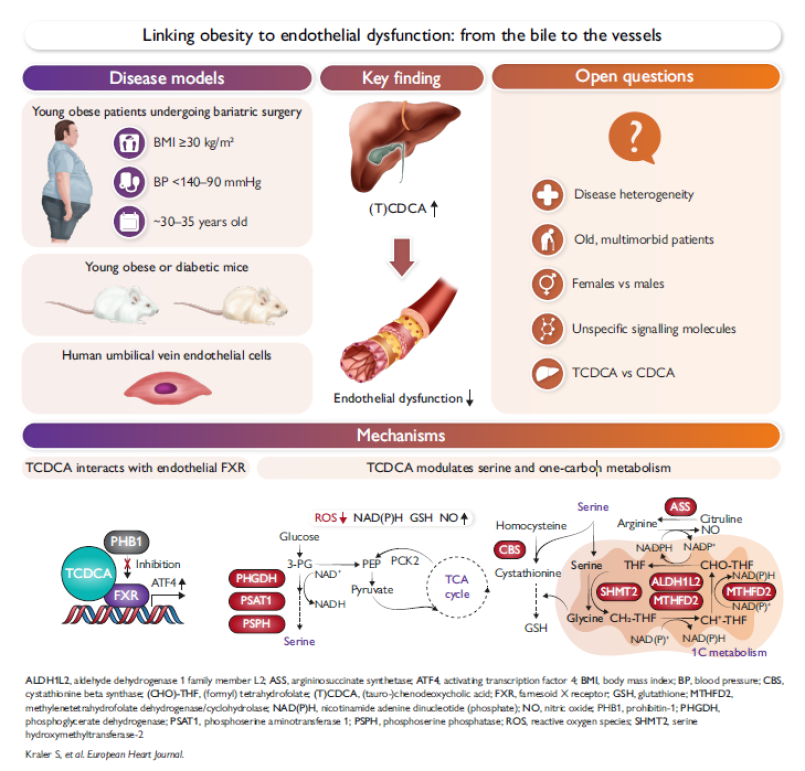News
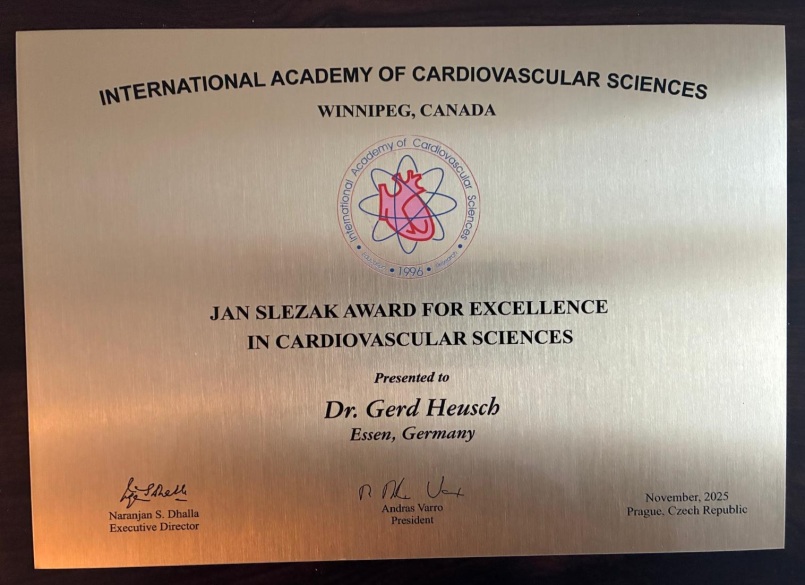
November 2025 Jan Šlézák Award for Excellence in Cardiovascular Sciences
Prof. Dr. med. Dr. h.c. Dr. h.c. Gerd Heusch has been honored with the „Jan Šlézák Award for Excellence in Cardiovascular Sciences“ during the annual meeting of the European Section of the International Academy of Cardiovascular Sciences (IACS) in Prague, Czech Republic.

November 2025 Statement by Several ESC Working Groups on the Importance of Basic Science and Research Training for Future Generations of Cardiologists
Bridging the knowledge gap between basic science and clinical cardiology. Education is crucial to bridge the widening gap between discovery science and clinical science.
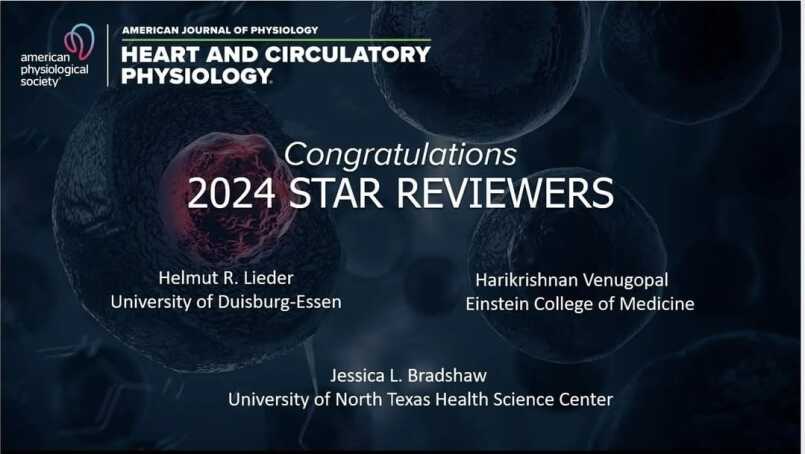
September 2025 Star reviewer Helmut R. Lieder
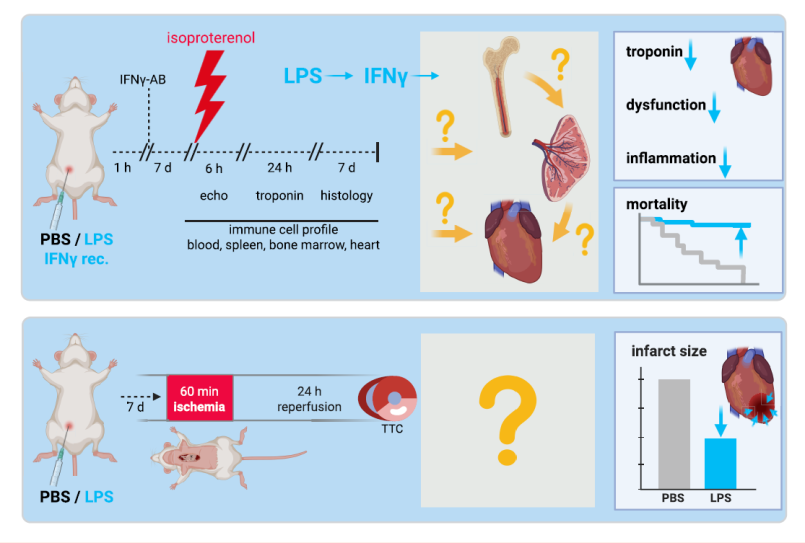
September 2025
Intraperitoneal lipopolysaccharide (LPS) infusion in female mice attenuates the injury induced by intraperitoneal isoproterenol infusion one week
later, as reflected by reduced troponin release, attenuated contractile dysfunction and reduced mortality. The attenuated injury is associated with an altered
immune cell profile in bone marrow, spleen and circulating blood and an attenuated myocardial inflammatory response, and interferon γ is causal to induce such
response...
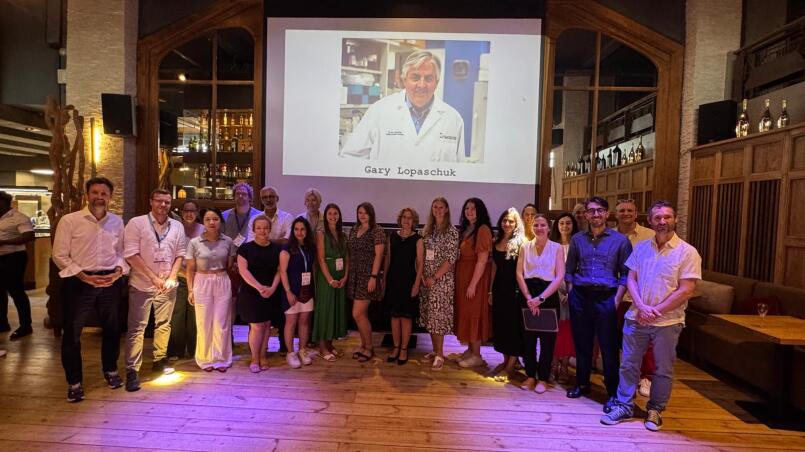
June 2025 Awarded the Young Researcher and Innovator Grant COST Action
Dr. Chantal Eickelmann and M.Sc. Michelle Allf were awarded the Young Researcher and Innovator Conference Grant by COST Action CA22169 for their participation in the 22nd Annual Scientific Session “Shedding Light on Emerging Metabolic Targets in Cardiovascular Diseases,” which took place from June 22 to 25, 2025, in Bordeaux, France.
Congratulations!
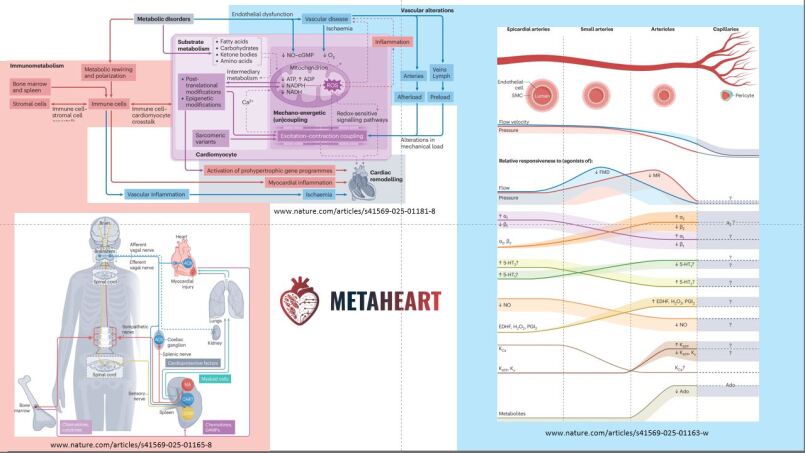
June 2025 EU-METAHEART COST Action CA22169- EUropean network to tackle METAbolic alterations in HEART failure
EU-METAHEART (CA22169, https://cost-metaheart.eu/), a European program funded by the EU's COST initiative, is investigating metabolic changes in heart failure. This consortium of scientists has now compiled a special issue of Nature Reviews Cardiology focusing on metabolic changes in heart failure (https://doi.org/10.1038/s41569-025-01181-8). This issue focuses on substrate and intermediate metabolism, vascular dysfunction, inflammation, and mechanical-energetic uncoupling in individual review articles. We were involved in two of these articles: one focuses on vascular function (https://doi.org/ 10.1038/s41569-025-01163-w) and another on metabolism in the immune system (https://doi.org/10.1038/s41569-025-01165-8).

June 2025 77th graduation ceremony of the Faculty of Medicine
On June 13, 2025, the big day arrived: two of our research assistants were formally awarded their doctoral degrees. We would like to congratulate them on this significant milestone and are proud of their outstanding achievements.
We wish them every success and all the best for their future careers, whether in academia or beyond!

June 2025 Underestimated—but therapeutically relevant? The spleen protects the heart!
In the context of cardiovascular disease, the spleen has primarily been described as an immune organ that contributes to persistent inflammation after a heart attack and the development of heart failure. A research team led by Prof. Dr. Petra Kleinbongard and Prof. Dr. Dr. hc. Dr. hc. Gerd Heusch is increasingly shifting the focus on the spleen to a completely different area. The Cardioprotection Working Group at the Institute of Pathophysiology (Faculty of Medicine, UDE/UK Essen) has demonstrated that the spleen—after activation by the vagus nerve—plays a key role in protecting the heart from damage caused by reduced blood flow to the coronary arteries during a heart attack.
Scientific contacts:
Prof. Dr. Petra Kleinbongard, Prof. Dr. Gerd Heusch

April 2025 Laboratory Journal Ranking: Two researchers from Essen among the top 20 in physiology
The “Laborjournal” regularly evaluates which scientists are particularly successful in publishing. This time, the focus was on the field of physiology. Two researchers from Essen are among the top 20 most cited minds in this field: Prof. Dr. Dr. hc. Dr. hc. Gerd Heusch, Institute of Pathophysiology, and Prof. Dr. Erich Gulbins, Institute of Molecular Biology (tumor research). With 109 articles, pathophysiologist Heusch has achieved a total of 5,092 citations, while molecular biologist Gulbins has achieved a total of 4,769 citations with 156 articles. Publications from 2014 to 2023 were analyzed for the current physiology ranking.

May 2025 Conference travel expenses for young scientist Michelle Allf
Along with submitting an abstract for ESM 2025, early-career scientists (students or those with less than 5 years of postdoctoral experience) who are members of ESM can apply for a travel award of €600 (8 awards available), which covers the registration fee and helps with travel expenses. Travel grants will be awarded based on the quality of the abstracts submitted.
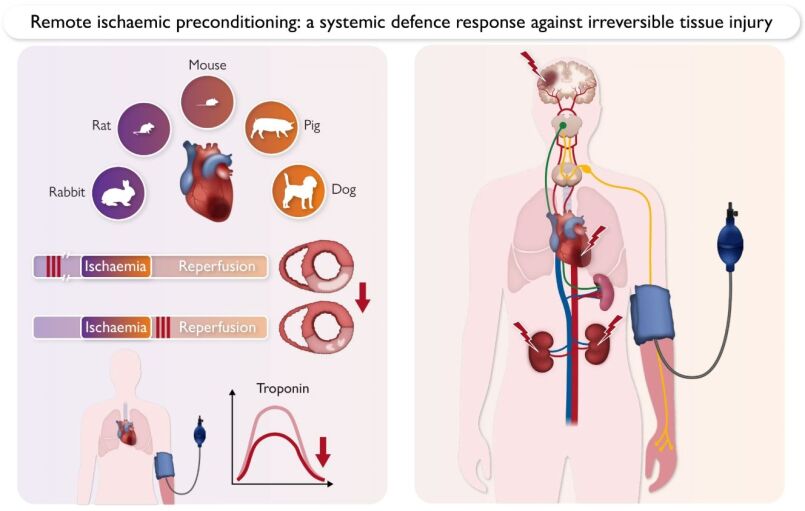
April 2025 Ischaemic conditioning: a renaissance with wider perspectives?
Heusch G, Kleinbongard P

March 2025 It takes more than omics to identify a cardioprotective mechanism.
Heusch G, Kleinbongard P
Cardiovascular Research (2025) https://doi.org/10.1093/cvr/cvaf052
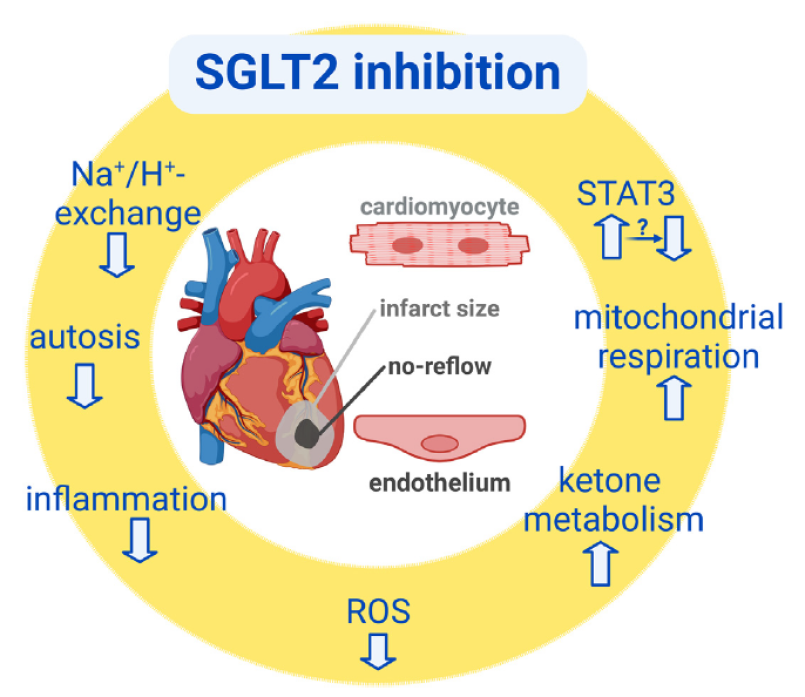
January 2025 The Enigmata of Cardioprotection With SGLT2 Inhibition.
Heusch G, Kleinbongard P
JACC: Basic to Translational Science https://doi.org/10.1016/j.jacbts.2024.08.010
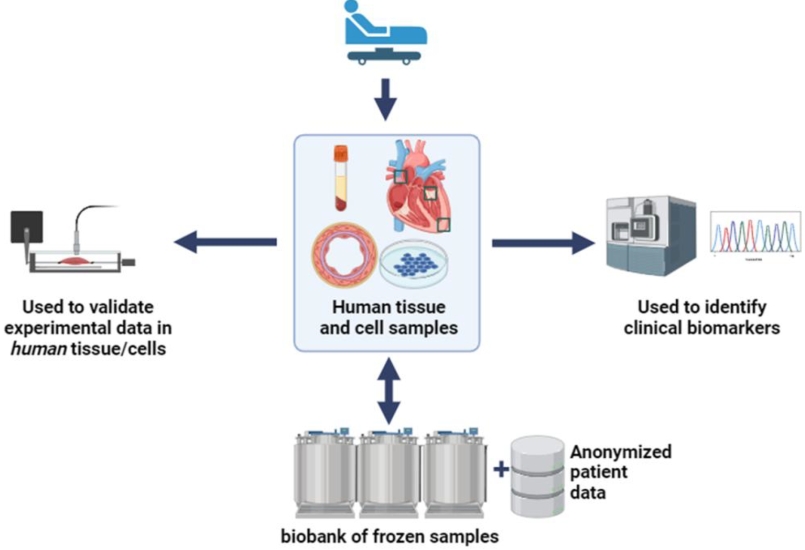
März 2025 Opportunities and challenges for the use of human samples in translational cardiovascular research: a scientific statement of the ESC Working Group on Cellular Biology of the Heart, the ESC Working Group on Cardiovascular Surgery, the ESC Council on Basic Cardiovascular Science, the ESC Scientists of Tomorrow, the European Association of Percutaneous Cardiovascular Interventions of the ESC, and the Heart Failure Association of the ESC
Sean M. Davidson, Ioanna Andreadou, Charalambos Antoniades, Jozef Bartunek, Cristina Basso, Bianca J.J.M. Brundel, Robert A. Byrne, Gemma Chiva-Blanch, Paula da Costa Martins, Paul C. Evans, Henrique Girão, Zoltan Giricz, Can Gollmann-Tepeköylü, Tomasz Guzik, Mariann Gyöngyösi, Norbert Hübner, Michael Joner, Petra Kleinbongard, Thomas Krieg, Elisa Liehn, Rosalinda Madonna, Ange Maguy, Melanie Paillard, Maurizio Pesce, Steffen E. Petersen, Gabriele G. Schiattarella, Joost P.G. Sluijter,
Sabine Steffens, Katrin Streckfuss-Bömeke, Matthias Thielmann, Art Tucker, Sophie Van Linthout, William Wijns, Johann Wojta, Joseph C. Wu, and Cinzia Perrino
Cardiovascular Research (2025) https://doi.org/10.1093/cvr/cvaf023

January 2025
Professor Dr. med. Dr. h.c. Dr. h.c. Gerd Heusch has been elected as the new President of the North Rhine-Westphalian Academy of Sciences, Humanities and the Arts (AWK) by its General Assembly. As part of his inaugural activities, he met with Minister of Science and Culture Ina Brandes at the Ministry. Professor Dr. Gerd Heusch succeeds Professor Julia Bolles-Wilson in this role.
Source: Press release of the Government of North Rhine-Westphalia
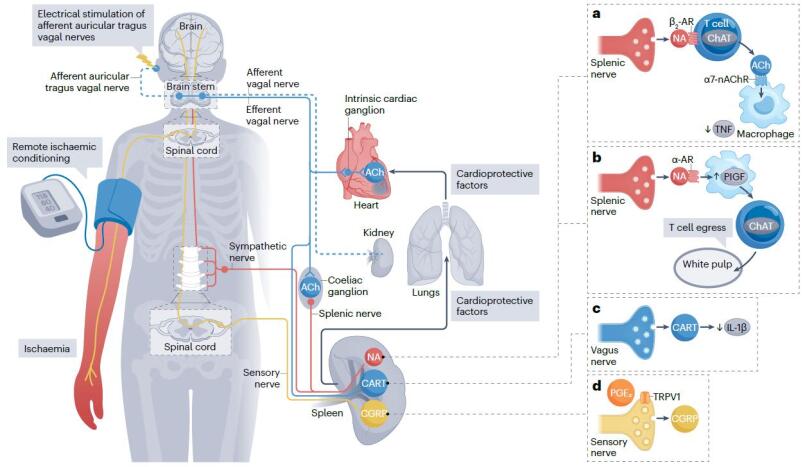
The spleen in ischaemic heart disease
Gerd Heusch and Petra Kleinbongard
https://doi.org/10.1038/s41569-024-01114-x
2024
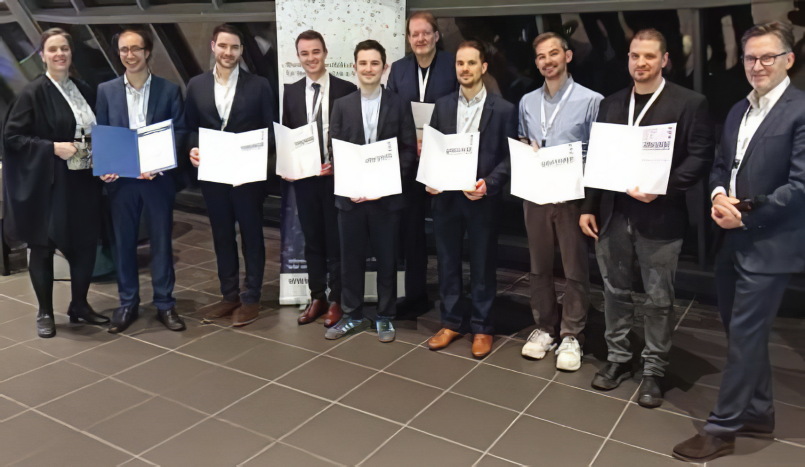
November 2024 Dr. Helmut Lieder receives Hans and Gertie Fischer Foundation Award
Dr. med. Helmut Lieder, a scientist at the Institute of Pathophysiology, has been honored with the Hans and Gertie Fischer Foundation Award. The ceremony took place during the 198th Conference of the Rhineland-Westphalian Society for Internal Medicine e.V. (RWGIM), held from November 15 to 16, 2024, in Gelsenkirchen under the leadership of Priv.-Doz. Dr. Heike Bruck.
The award annually recognizes outstanding clinical and experimental original works in the fields of cardiology and internal medicine that focus on researching the causes, prevention, or treatment of specialized diseases. Dr. Lieder impressed the committee with his research on "The Importance of the Vago-Splenic Axis for Signal Transduction of Cardioprotective Maneuvers in Humans."
"This award not only acknowledges my work but also underscores the relevance of new signaling pathways in cardioprotection, which could enhance the understanding and treatment of cardiovascular diseases in the future," stated Dr. Lieder.
Source: Press release by the Medical Faculty of the University of Duisburg Essen

November 2024 Prof. Petra Kleinbongard appointed as Adjunct Professor of the Medical University of Vienna
The appointment took place as part of a symposium marking the 33rd anniversary of the Center for Biomedical Research and Translational Surgery at the Medical University of Vienna.
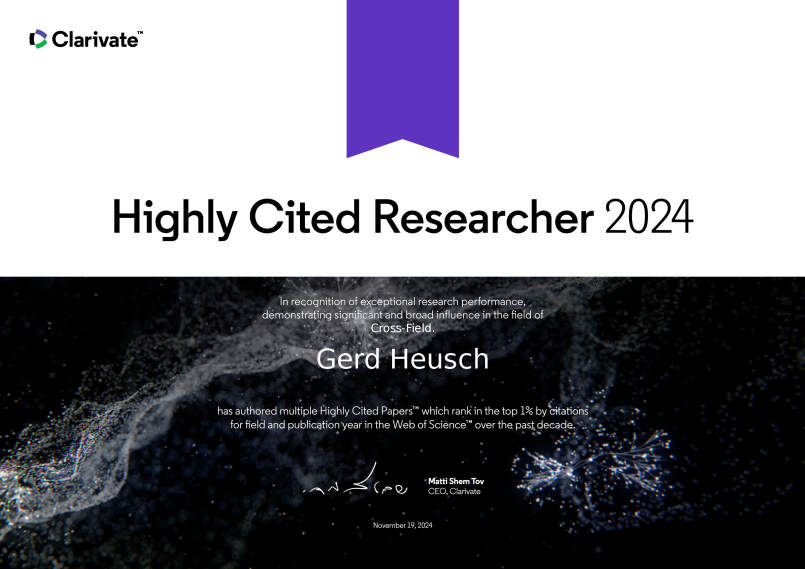
November 2024
Clarivate lists publications authored by Prof. Gerd Heusch within the top 1% ranking by citations and publication year.

October 2024 Press release
20 Seconds instead of 90 minutes: Faster measurement results thanks to AI
Researchers have traditionally spent around 90 minutes manually analyzing images of affected pig hearts to determine the size of a heart attack in laboratory experiments. Now, the use of Artificial Intelligence (AI) accelerates this process to approximately 20 seconds. This innovative method has been developed by a research team from the Faculty of Medicine at the University of Duisburg-Essen (UDE) and the University Hospital Essen.

October 2024 IACS - European Section / Bratislava 2024
Chantal Eickelmann received the "IACS-ES Travel Award" at the 10th Annual Meeting of the European Section of the International Academy of Cardiovascular Sciences (IACS) in Bratislava, Slovakia.

October 2024 IACS - European Section / Bratislava 2024
Prof. Dr. Gerd Heusch received the "Howard Morgan Award for Distinguished Achievements in Cardiovascular Research" at the 10th Annual Meeting of the European Section of the International Academy of Cardiovascular Sciences (IACS) in Bratislava, Slovakia.

October 2024 The IMproving Preclinical Assessment of Cardioprotective Therapies (IMPACT): multicenter pig study on the effect of ischemic preconditioning
Kleinbongard P, Arriola CG, Badimon L, Crisostomo, V, Giricz Z, Gyöngyösi M, Heusch G, Ibanez B, Kiss A, de Kleijn DPV, Podesser BK, Carracedo RR, Rodríguez-Sinovas A, Ruiz-Meana M, Margallo FMS, Vilahur G, Zamorano JL, Zaragoza C, Ferdinandy P, Hausenloy DJ
Basic Res Cardiol; 10.1007/s00395-024-01083-9

September 2024 Deep learning segmentation model for quantification of infarct size in pigs with myocardial ischemia/reperfusion
Braczko F, Skyschally A, Lieder H, Kather JN, Kleinbongard P, Heusch G
Basic Res Cardiol; 10.1007/s00395-024-01081-x
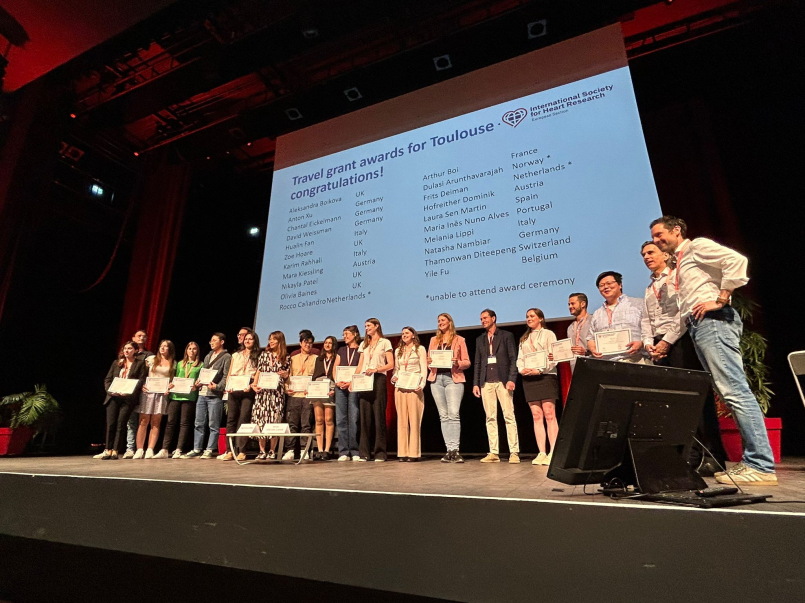
June 2024 ISHR Europen Section / Toulouse 2024
Chantal Eickelmann received the "ISHR-ES Travel Award" at the congress of the International Society for Heart Research (ISHR) in Toulouse, France.
During the cardioprotection session, she presented our unpublished data on the cardiac mitochondrial proteome in Ossabaw miniature pigs. This animal model is characterized by a polygenic predisposition to metabolic syndrome.
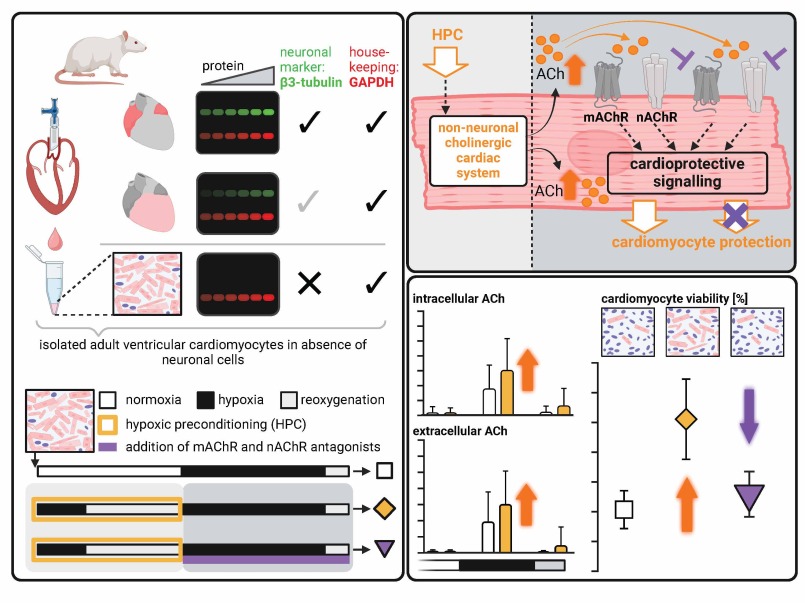
June 2024 Activation of the non-neuronal cholinergic cardiac system by hypoxic preconditioning protects isolated adult cardiomyocytes from hypoxia/reoxygenation injury
Braczko F, Fischl SR, Reinders J, Lieder H, Kleinbongard P
Am J Physiol Heart Circ Physiol 10.1152/ajpheart.00211.2024

June 2014 Vago-splenic signal transduction of cardioprotection in humans
Lieder HR, Paket U, Skyschally A, Rink AD, Baars T, Neuhäuser M, Kleinbongard P, Heusch G
Vago-splenic signal transduction of cardioprotection in humans. Eur Heart J; 6:ehae250
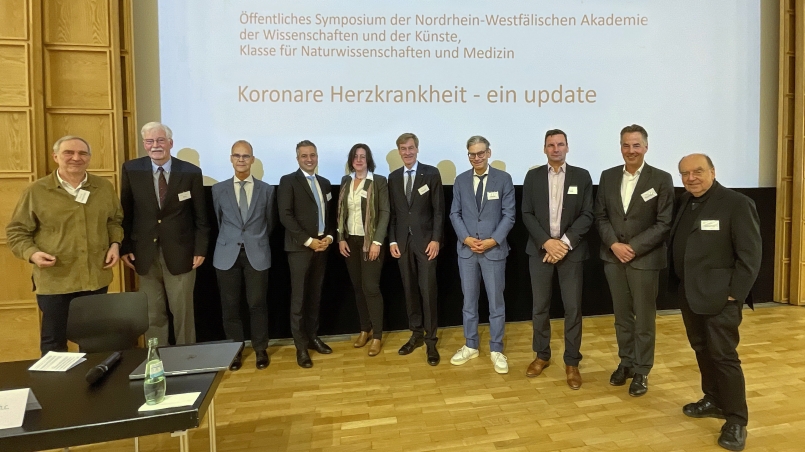
April 2024 Symposium "Koronare Herzkrankheit - ein update"
Coronary heart disease continues to affect many people in Germany and, with its complications such as heart attack, arrhythmias, and heart failure, remains one of the leading causes of death. On April 23, 2024, the North Rhine-Westphalian Academy of Sciences and Arts held a public expert symposium to inform about fundamental new scientific findings in the prevention, diagnosis, therapy, and research of coronary heart disease.
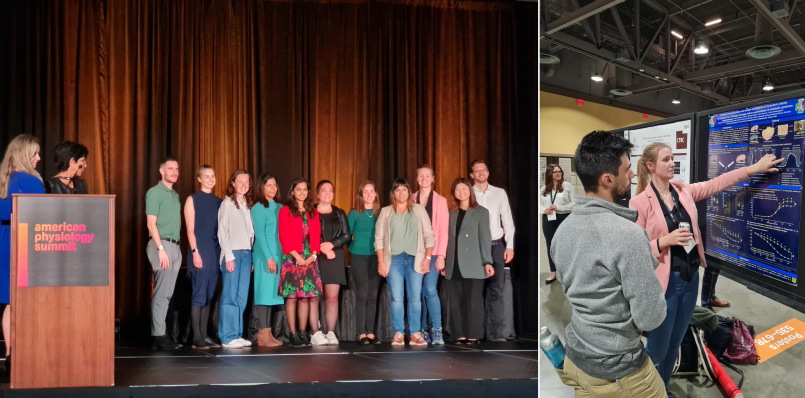
April 2024 APS SUMMIT 2024
Chantal Eickelmann received the "International Early-Career Physiologist (IECP) Travel Award" at the American Physiological Society (APS) "SUMMIT 2024" congress in Long Beach, USA. During the poster presentations, she presented our recently published data on vascular function in Ossabaw miniature pigs. This animal model is characterized by a polygenic predisposition to metabolic syndrome.

April 2024 “Expression of concern”: publication bias for positive preclinical cardioprotection studies
Skyschally, A., Kleinbongard, P., Neuhäuser, M., Heusch, G. “Expression of concern”: publication bias for positive preclinical cardioprotection studies. Basic Res Cardiol (2024) doi: 10.1007/s00395-024-01050-4.
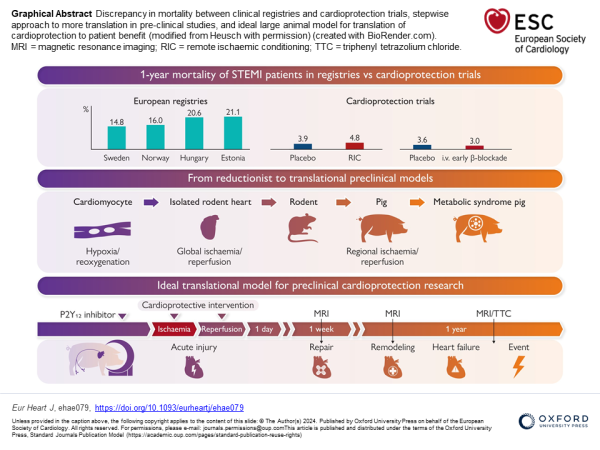
March 2024 Cardioprotection research has left its comfort zone
Please see our editorial in EHJ https://doi.org/10.1093/eurheartj/ehae079 to the manuscript Vilahur et al. https://doi.org/10.1093/eurheartj/ehae107. Pre-clinical studies in clinically relevant animal models will close the translational gap in cardioprotection research.
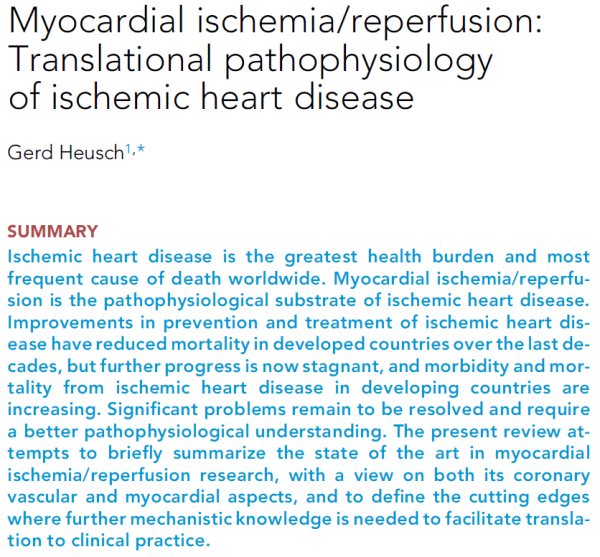
January 2024 Myocardial ischemia/reperfusion: Translational pathophysiology of ischemic heart disease
Recently published in Med; 5:10-31
A brief summary of the state of the art in myocardial ischemia/reperfusion research with a view on both its coronary vascular and myocardial aspects
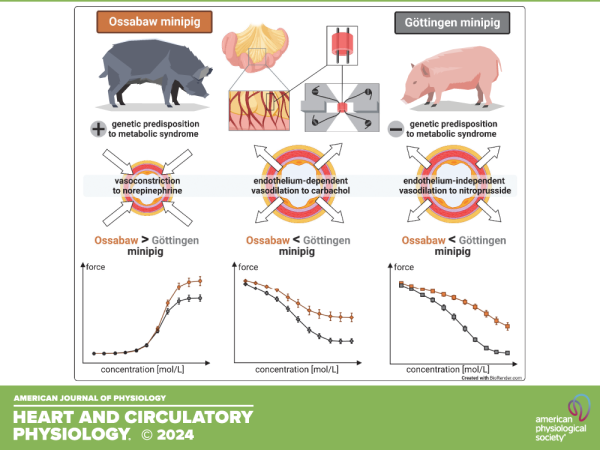
January 2024 Differences in vasomotor function of mesenteric arteries between Ossabaw minipigs with predisposition to metabolic syndrome and Göttingen minipigs
Recently published in Am J Physiol Heart Circ Physiol326: H408-H417
Animal models with a predisposition to metabolic syndrome and atherosclerosis are attracting growing interest for translational research, as they may better mimic the variability of patients with cardiovascular disease.
In Ossabaw minipigs, with a polygenic predisposition to metabolic syndrome, but without the diseased phenotype, we characterized that vasoconstriction is more and vasodilation less pronounced in mesenteric arteries than in Göttingen minipigs.
Thus, Ossabaw minipigs may be a more suitable model of human cardiovascular disease.
2023
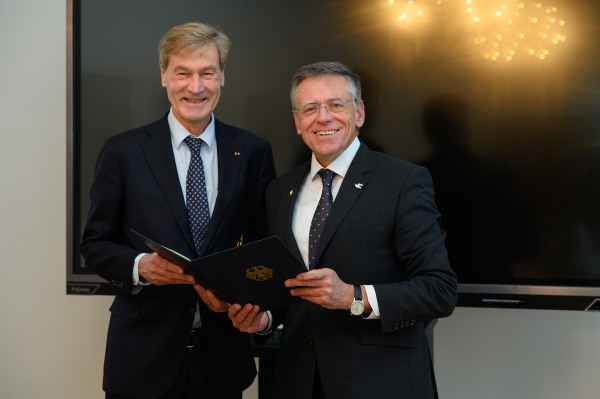
17.11.2023 Federal Cross of Merit 1st Class: Pathophysiologist Prof. Dr. Dr. hc. Gerd Heusch honored again
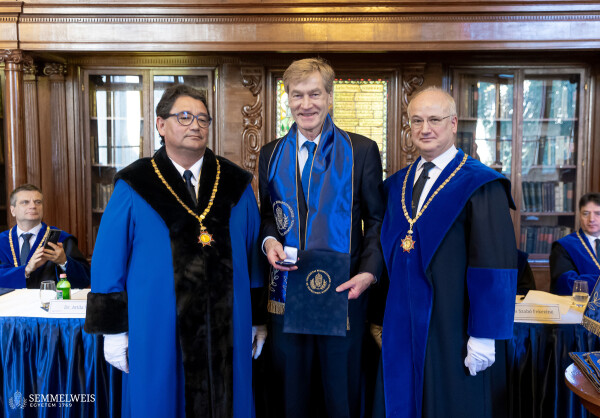
16.11.2023
Award of the Doctor Honoris Causa for special services in cardiovascular research at Semmelweis University in Budapest
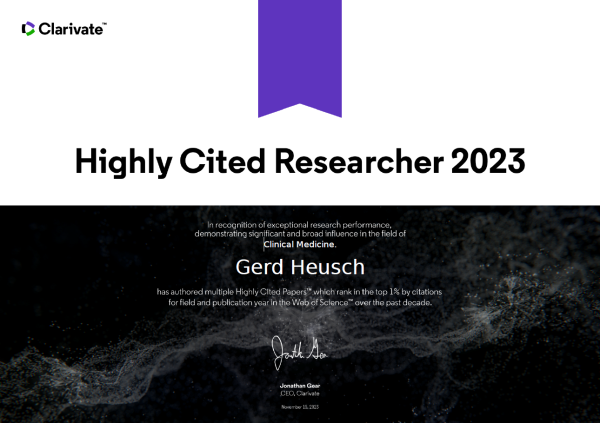
16.11.2023 Highly cited papers which rank in the top 1 % for field and publication year in the Web of Science
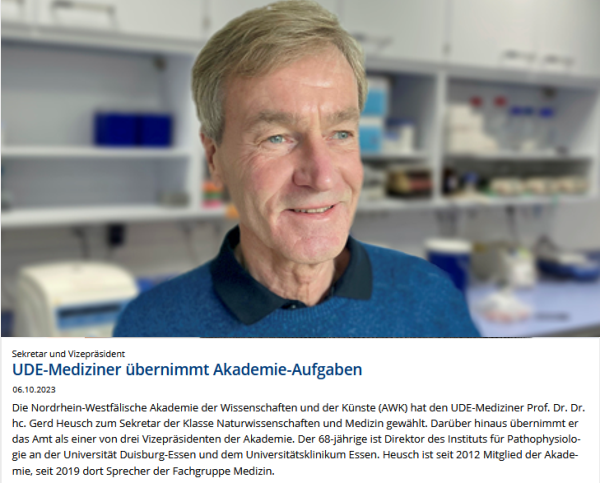
06.10.2023
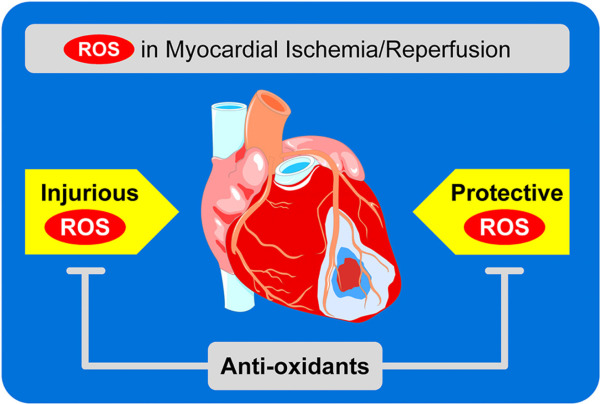
November 2023 Health position paper and redox perspectives on reactive oxygen species as signals and targets of cardioprotection
Reactive oxygen species are signals of cardioprotection and executors of injury
-> this review summarizes the beneficial and detrimental roles of reactive oxygen species in myocardial ischemia/reperfusion injury and cardioprotection.
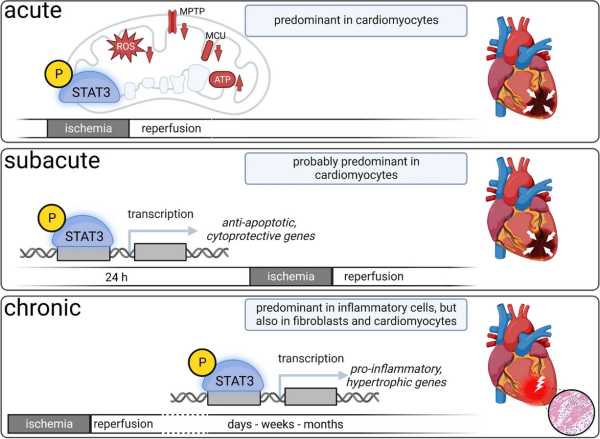
August 2023 Perspective: mitochondrial STAT3 in cardioprotection
Time-dependent—acute, subacute, chronic—and non-canonical vs. canonical effects of STAT3 activation on myocardial ischemia/reperfusion; created with BioRender.com
ATP adenosine triphosphate, MPTP mitochondrial permeability transition pore, ROS reactive oxygen species, STAT3 signal transducer and activator of transcription 3
for older news please follow the link to the archive



